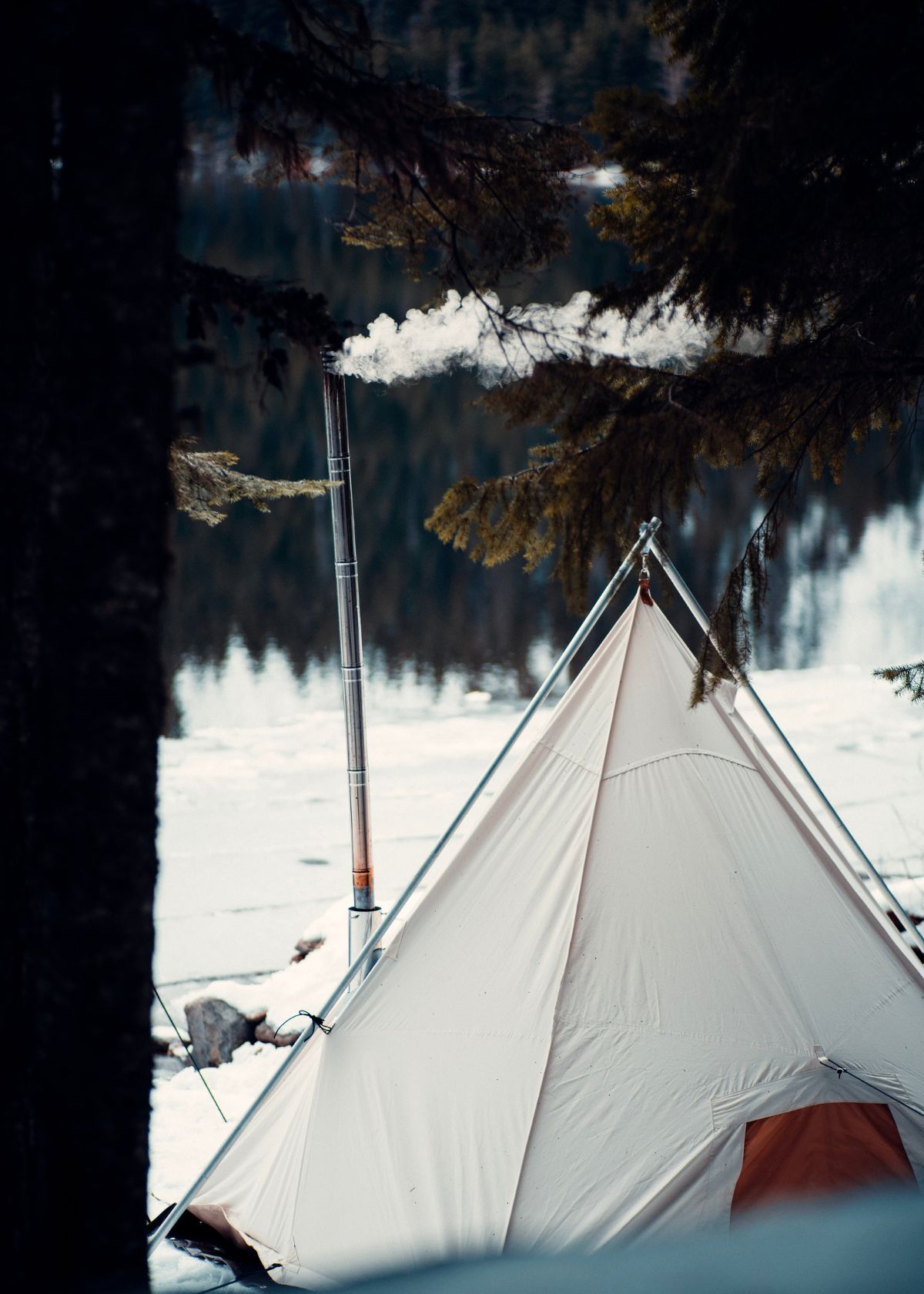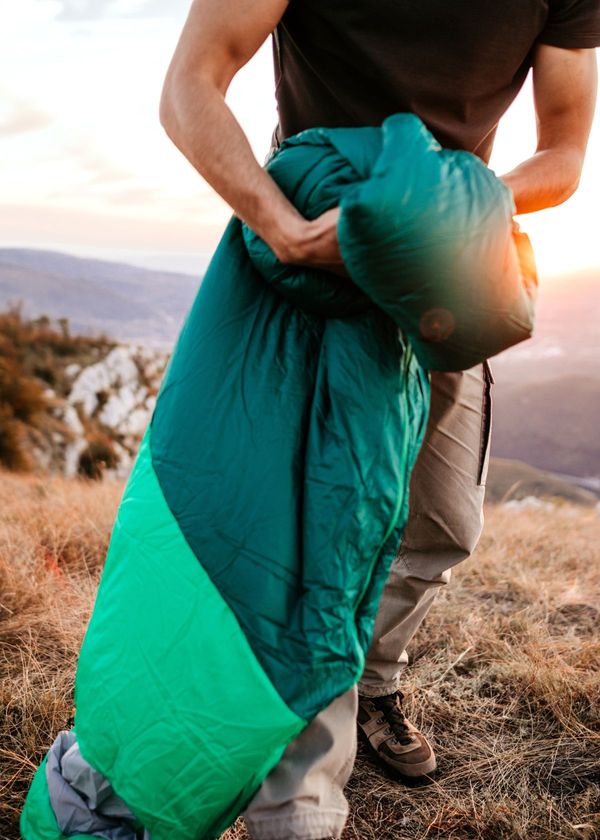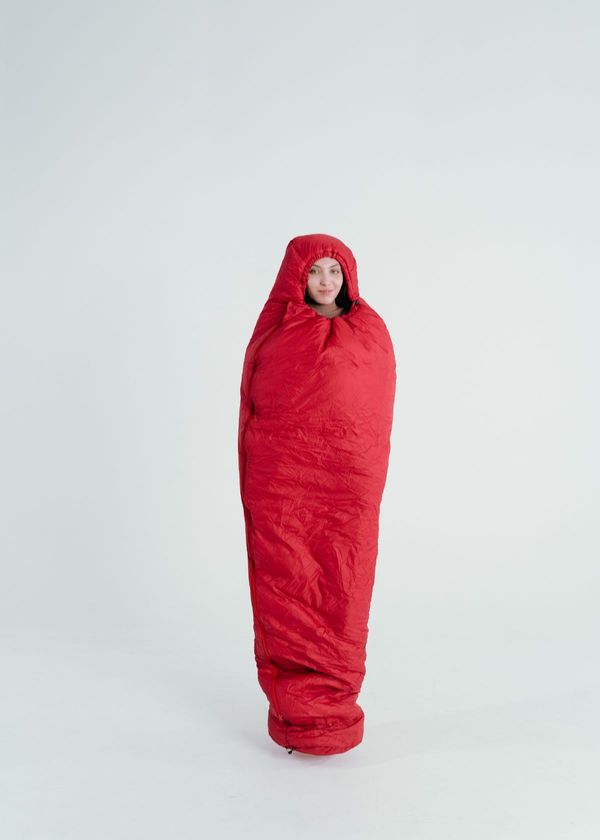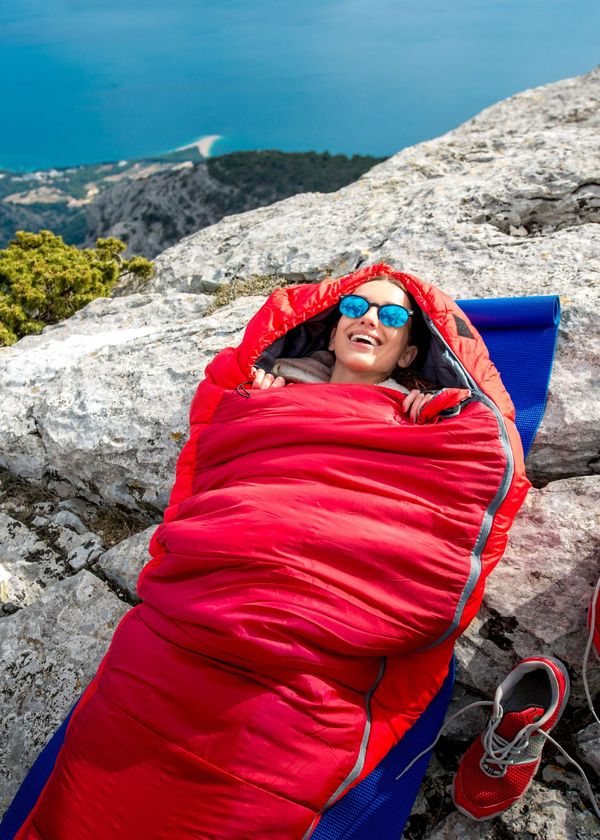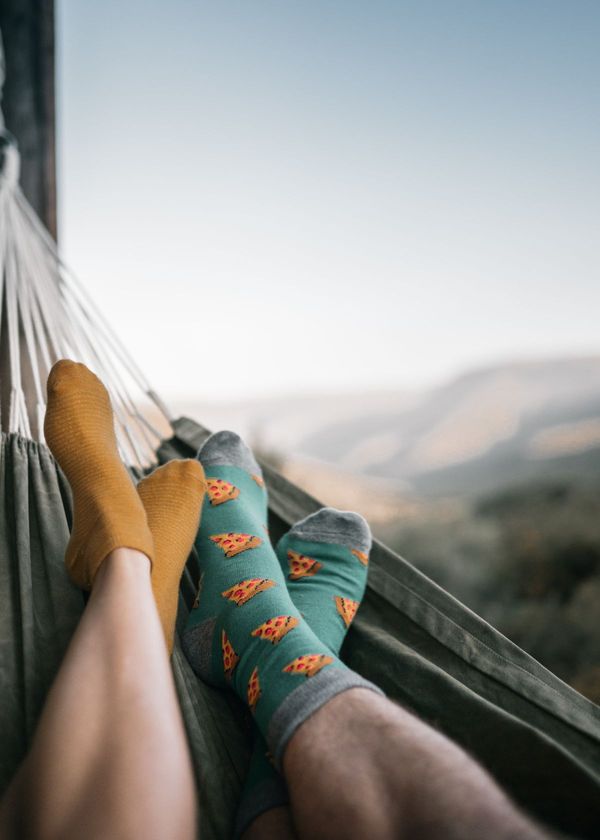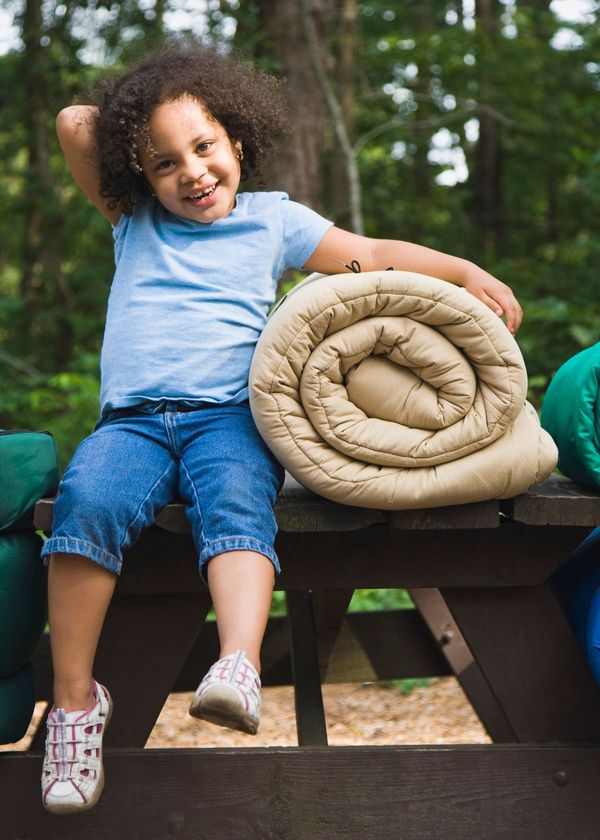Camping in the great outdoors is a thrilling adventure, especially when you have the right gear and equipment to keep you safe and comfortable. However, staying warm in a tent can be a challenge, especially during colder seasons or at high elevations. Nothing ruins a next camping trip more than shivering and feeling cold all night. But fear not; with a bit of preparation and some smart tricks, you can stay warm and cozy in your tent.
The key to staying warm in a tent is to create a barrier between yourself and the cold air outside. You'll want to insulate your body from the ground and trap as much heat as possible inside your tent. There are many ways to achieve this, from choosing the right sleeping bag to using a portable heater, but it's also important to be mindful of safety and the environment.
In this guide, we'll explore the best ways to stay warm in a tent, whether you're car camping or backpacking in the backcountry. We'll cover essential gear, insulation techniques, and other tips to help you sleep soundly and stay warm no matter how chilly it gets outside. So grab a cup of hot cocoa, get cozy, and let's dive into the world of tent warmth!

Best Ways to Stay Warm in a Tent
Camping is an enjoyable outdoor activity for many people. However, keeping warm yourself in a tent can be challenging, especially during cold weather. It is crucial to stay warm and comfortable in a tent to enjoy a good night's sleep and avoid potential health risks. In this note, we will discuss the best ways to stay warm in a tent.
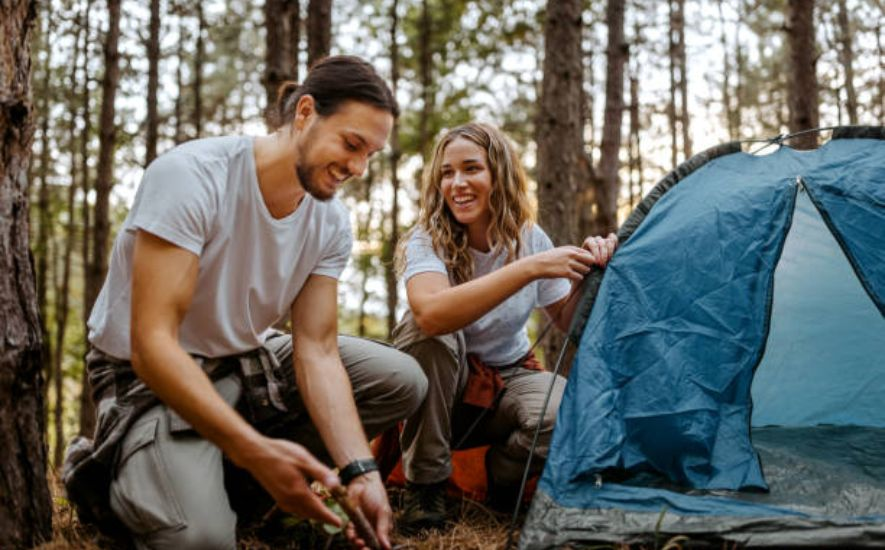
Choose the Right Tent
The first step in staying warm in a tent is to choose the right tent. A good quality tent with waterproof and breathable materials will help you stay dry and comfortable. Look for tents with an insulated rainfly that will help retain heat and prevent condensation from building up inside the tent.
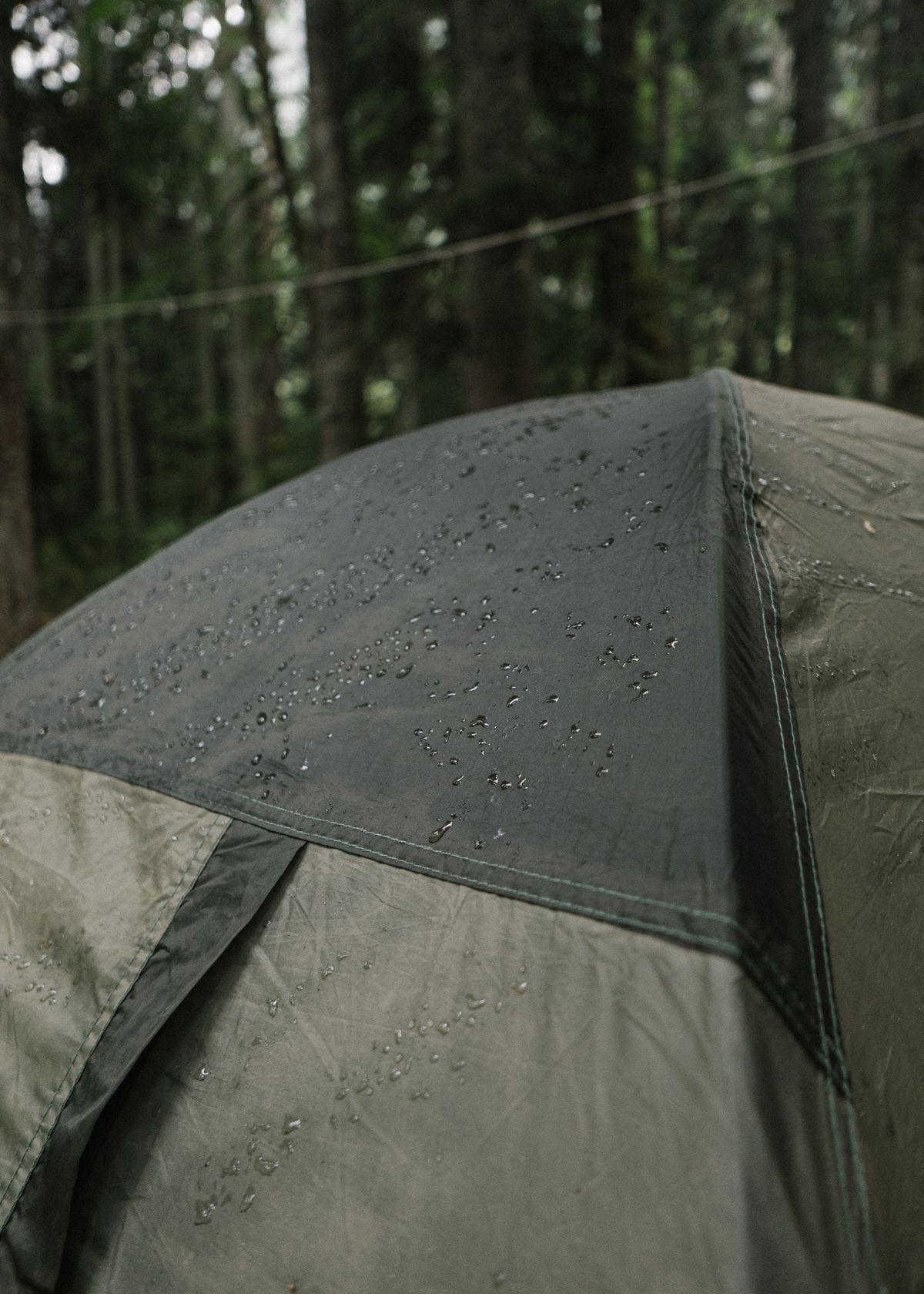
Insulate the Ground
The ground can be a significant source of heat loss in a tent. Using a good-quality sleeping pad or an air mattress will help insulate the ground and keep you warm. You can also use a closed-cell foam pad under your sleeping pad for additional insulation.
Use a Good Quality Sleeping Bag
Investing in a good-quality sleeping bag liner with an appropriate temperature rating will help keep you warm in a tent floor. Choose a sleeping bag that is rated for at least 10 degrees Fahrenheit colder than the expected nighttime temperature.
Layer Up
Wearing multiple layers of clothing can help keep you warm in a tent. Choose clothes made of materials that are breathable and moisture-wicking. Start with a base layer made of synthetic or wool material and add additional layers as needed.
Stay Active
Staying active before going to bed can help raise your body temperature and keep you warm. Go for a short walk, do some stretching exercises, or even do jump jacks to get your blood flowing.
Heat Sources
Using heat sources such as a portable heater, a hot water bottle, or hand warmers can help keep you warm in a tent. However, using these heat sources safely and following the manufacturer's instructions is crucial.
Eat and Drink Warm Foods and Beverages
Consuming warm foods and beverages can help raise your body temperature and keep you warm in a tent. Drink warm tea, coffee, or hot chocolate, and eat warm and hearty meals that will give your body the necessary energy to stay warm.

Essential Gear to Stay Warm in a Tent
When camping, it's crucial to have the proper gear to stay warm, especially when sleeping in a tent. The following are essential pieces of gear that will help keep you warm and comfortable during your winter camping trip.
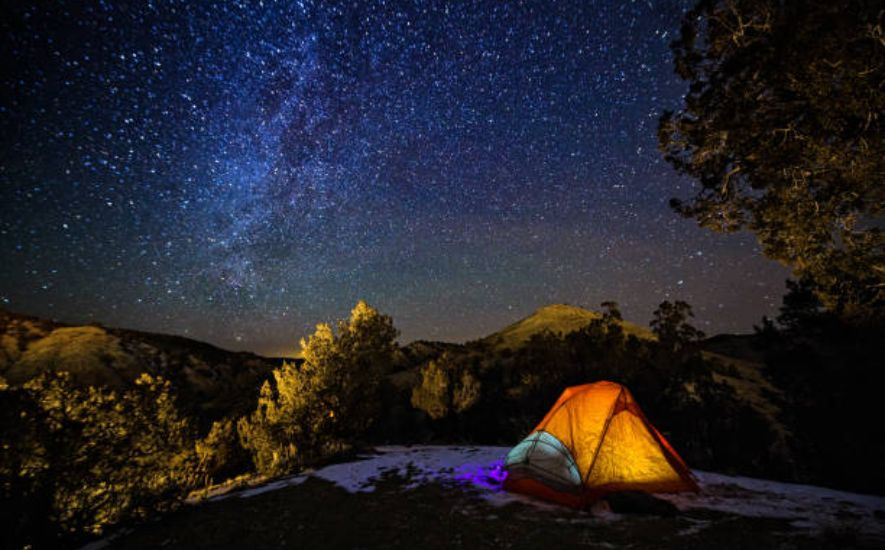
Sleeping bag
A high-quality sleeping bag is crucial when camping in colder temperatures. A good sleeping bag will be insulated to keep you warm, and some models will have additional features like a hood to help trap heat. Consider the temperature rating of your sleeping bag liners and choose one that is suitable for the climate you'll be camping in.
Sleeping pad
A sleeping pad is an excellent addition to your camping gear, providing insulation between you and the bed's cold ground. There are many types of sleeping pads, including self-inflating and foam options, so be sure to choose one that suits your needs and preferences.
Layers of clothing
It's important to layer up when camping in colder temperatures. Layering allows you to adjust your clothing to the changing temperature throughout the day. Start with a base layer of moisture-wicking fabric, add an insulating layer, and finish with a waterproof and windproof outer layer. Additionally, make sure to wear warm socks, gloves, and a hat to keep extremities warm.
Tent heater
A tent heater can be a lifesaver on particularly cold nights. Many types of tent heaters are available, including propane, electric, and wood-burning options. Be sure to follow all safety guidelines and use a heater that is appropriate for the size of your tent.
Hot water bottle
A hot water bottle is a simple and effective way to keep warm in your sleeping bag. Fill a water bottle with hot water before bed and place it at the bottom of your sleeping bag. This will help keep your feet and legs warm throughout the night.
Tent design
The design of your tent can also impact how warm you are while camping. Look for a tent with a double-wall design, as it will provide better insulation than a single-wall tent. Also, choose a tent with a rainfly that extends to the ground to help block wind and rain.

Use Natural Heat Sources to Stay Warm in a Tent
Staying warm while camping can be challenging, especially when temperatures drop and you're trying to sleep in a tent. While many people rely on traditional heating sources like propane heaters, these can be dangerous and emit carbon monoxide, which can be lethal in an enclosed space like a tent. Instead, several natural heat sources can be used to stay warm and safe while camping.

Use Your Body Heat
Your body is a natural source of heat and can generate quite a bit of warmth if you know how to use it. One way to do this is to layer your clothing and use a sleeping bag designed for cold temperatures. You can also do some light exercises before bed to generate more body heat, such as jumping jacks or push-ups.
Use Hot Water Bottles
Another natural heat source that is safe for use in a tent is hot water bottles. Fill a sturdy water bottle with hot water from your campfire or stove, and then place it in your sleeping bag. The heat from the water will help keep you warm throughout the night.
Build a Fire
A fire is a traditional camping heat source, but it can also be a great way to stay warm in your tent. Build a small fire outside of your tent and let the heat radiate into your shelter. Just be sure to keep the fire a safe distance from your tent, and never leave it unattended.
Use Rocks
Rocks are excellent natural heat conductors that can retain heat and slowly release it over time. Heat up some rocks in your campfire or stove, and then wrap them in a towel or cloth. Place the rocks in your sleeping bag or around the perimeter of your tent to help keep you warm.
Insulate Your Tent
Finally, one of the best ways to stay warm in a tent is to insulate it. Use a tent with a thick, insulated floor and walls, and consider adding a layer of insulation between your sleeping bag and the ground. You can also add a layer of insulation to the inside of your tent walls to help trap heat.
Insulation Techniques to Stay Warm in a Tent
Camping in the great outdoors can be an exhilarating and memorable experience, but staying warm in a tent can be challenging. The temperature can drop quickly at night, and without proper insulation, it can feel like you're sleeping in a freezer. Fortunately, several insulation techniques can help keep you warm and comfortable throughout the night.
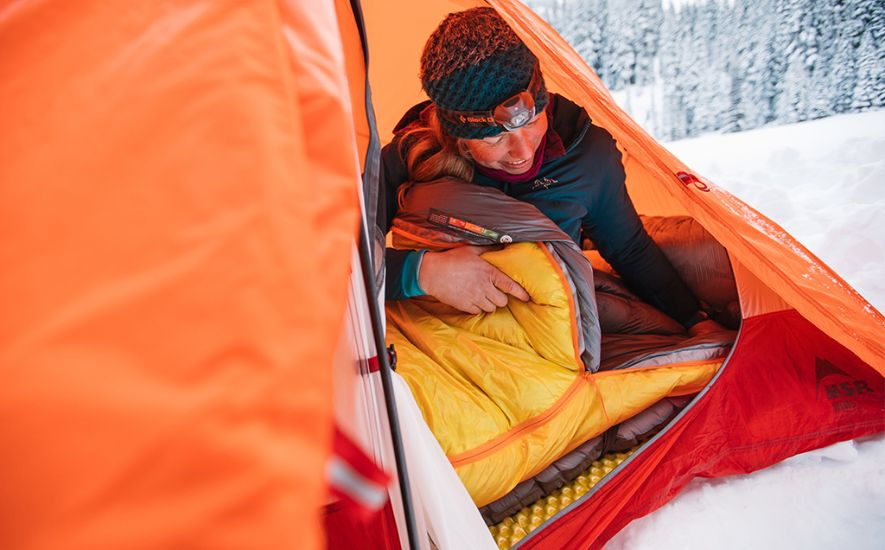
Choose the right tent: The first step in staying warm in a tent is selecting the right one. Look for a tent that is designed for cold weather camping, with a waterproof and windproof flysheet that will keep the elements out. A tent with a sturdy frame will also help to keep the tent stable and prevent heat from escaping.
Invest in a good sleeping bag: A good quality sleeping bag is essential for staying warm in a tent. Look for a bag with a temperature rating that is suitable for the conditions you will be camping in. Down-filled sleeping bags are generally warmer than synthetic ones, but they can be more expensive and perform poorly in damp conditions.
Dress for the occasion: Wearing the right clothing can make a big difference in how warm you feel in your tent. Dress in layers, starting with a moisture-wicking base layer, then an insulating layer such as fleece, and a waterproof outer layer. A hat and gloves can also help to keep you warm.
Create a heat source: If it's safe to do so, you can create a heat source inside your tent to keep you warm. A hot water bottle or hand warmer can provide a heat source, or you can use a small portable heater designed for camping.
Tips to Help you Sleep Soundly in a tent
If you enjoy spending time in nature and going camping, sleeping in a tent is an essential part of the experience. However, for some people, sleeping in a tent can be a challenging task. Here are some tips to help you sleep soundly in a tent.

I. Choose the Right Tent
The first step to a good night's sleep in a tent is to choose the right one. Ensure that the tent is large enough to accommodate you comfortably, your sleeping gear, and any other gear you have. The tent should also have good ventilation and be made of high-quality materials to keep you dry and comfortable.
II. Select the Right Sleeping Gear
Choosing the right sleeping gear is essential to ensure a good night's sleep in a tent. Invest in a high-quality sleeping bag, sleeping pad, and pillow to keep you comfortable and warm. You may also want to bring a camping blanket for extra warmth.
III. Pick the Right Location
Selecting the right location is crucial to ensure a good night's sleep in a tent. Choose a flat and level area that is away from potential hazards such as rocky terrain, rivers, and animal trails.
Choosing a spot that is not too exposed to wind is also essential, as this can cause noise and make the tent unstable.
IV. Block out Noise and Light
Sleeping in a tent with a lot of noise and light can be challenging. Earplugs can help block out noise, and an eye mask can help block out light.
You may also want to consider bringing a small battery-operated fan or a white noise machine to create a soothing sound environment.
V. Dress Appropriately
Dressing appropriately for sleeping in a tent is essential to ensure you stay warm and comfortable.
Wear comfortable and warm clothes, such as fleece or wool layers, and avoid wearing tight clothing that can restrict your movement. Make sure to wear warm socks and a hat to keep your extremities warm.
VI. Prepare for the Weather
The weather can be unpredictable when camping, so it is essential to prepare for all eventualities. Bring warm clothes and a rain jacket in case it rains, and if the weather is hot, bring a portable fan or an air mattress with built-in air conditioning.
Frequently Asked Questions (FAQs)
Here are some of the most common questions we found about staying warm in a tent; we hope it can help you as well!
What can I put under my tent to keep warm?
There are several options to keep warm under a tent, depending on the type of camping trip you're on and the weather conditions you're facing. One option is to use a sleeping pad, which provides insulation between your body and the cold ground. Look for a high R-value pad that measures its ability to resist heat flow.
Another option is to use a sleeping bag that is rated for the expected temperatures. Look for a bag with a temperature rating that matches the conditions you'll be in, and consider using a liner or wearing extra layers of clothing to stay warm.
You can also use a tent heater or a portable propane heater, but be sure to follow all safety precautions and manufacturer instructions.
Finally, consider wearing warm clothing, such as thermal layers, hats, and gloves, and using hot water bottles or hand warmers to keep your extremities warm.
How can I keep my tent warm without a heater?
There are several ways to keep your tent warm without using a heater:
- Choose a good tent: A well-designed tent will have good insulation, ventilation, and weather protection, which will help keep you warm.
- Use a warm sleeping bag: A high-quality sleeping bag will keep you warm even in low temperatures. Choose a sleeping bag with a temperature rating appropriate for the conditions you'll be camping in.
- Insulate your tent: You can use insulating materials such as a thermal blanket, a closed-cell foam pad, or an insulating ground cover to create a barrier between you and the cold ground.
- Dress in layers: Wear warm and moisture-wicking clothing, and dress in layers to regulate your body temperature.
- Eat warm meals and drinks: Eating warm foods and drinks can help keep your body temperature up.
- Use hot water bottles: Fill a water bottle with hot water and place it in your sleeping bag. This will help keep you warm throughout the night.
- Camp in a sheltered area: Choose a campsite that is sheltered from the wind and has good sun exposure during the day.
How cold is too cold to sleep in a tent?
The ideal temperature for sleeping in a tent varies depending on several factors, including the individual's health, experience, and the type of gear they have. However, a temperature below 32°F (0°C) is generally considered too cold for most people to sleep comfortably in a tent, especially if they do not have appropriate gear or clothing.
Exposure to such low temperatures can result in hypothermia, frostbite, and other cold-related health issues. Therefore, it's essential to have proper insulation, such as a warm sleeping bag, an insulated sleeping pad, and appropriate clothing. Keeping yourself dry is also crucial, as wet clothes can quickly lower your body temperature.
Suppose you plan to sleep in temperatures below 32°F. In that case, it's recommended to have proper gear, including a four-season tent, a down or synthetic sleeping bag with a temperature rating of at least 20°F, and warm clothing, such as base layers, a hat, and gloves.
How can I heat my tent naturally?
Heating a tent naturally typically involves using methods that do not require electricity or fuel. One way to do this is to use body heat by using insulated sleeping bags, wearing warm clothing, and sleeping close together.
You can also use natural insulation by setting up your tent in a sheltered area that is protected from the wind, using a ground pad to insulate yourself from the cold ground, and placing a tarp over the tent to trap warm air inside.
Another option is to use rocks or bricks to build a fire pit outside the tent and use the heat radiating from the fire to warm up the tent. It is important to practice fire safety and check local regulations before building a fire.
Can you survive winter in a tent?
Surviving winter in a tent can be challenging and requires appropriate preparation and equipment. The main concerns are staying warm, dry, and well-fed. A four-season tent, cold-rated sleeping bag, insulated sleeping pad, and appropriate clothing are essential for staying warm.
A good quality tent with a sturdy frame and waterproof fly will help keep you dry in snowy or wet conditions. Insulated boots, gloves, and hats are also necessary. A stove or other heating source and fuel supply will provide warmth and allow you to melt snow for drinking water.
Adequate food and water supplies are critical. Surviving winter in a tent is possible, but having the right gear and knowledge is important to stay safe and comfortable.
Is sleeping with clothes on or off in a sleeping bag warmer?
It is generally warmer to sleep with clothes on when using a sleeping bag. This is because the clothing can add an extra layer of insulation between your body and the sleeping bag, helping to trap body heat and keep you warmer.
However, the exact answer can vary depending on several factors, including the type of clothing you are wearing, the temperature inside and outside the sleeping bag, and your body temperature and metabolism. It's also important to note that wearing too many layers of clothing can actually make you colder, as it can cause you to sweat and then feel damp and uncomfortable.
Conclusion
In conclusion, staying warm in a tent is essential for an enjoyable and safe outdoor experience, especially during cold weather. There are various ways to keep yourself warm in a tent, such as choosing the right type of tent, using insulation, wearing appropriate clothing, and using heat sources such as hot water bottles or portable heaters.
It's important to prepare well before your camping trip and pack the necessary gear to ensure your comfort and safety. By following these tips; you can stay warm and cozy in your tent, even in the coldest weather conditions, and fully enjoy your camping adventure. Remember always to prioritize safety and follow camping regulations to make the most out of your outdoor experience.


